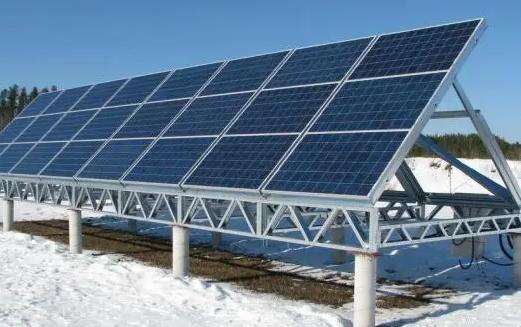The details are as follows:
1. Dams Most hydroelectric plants rely on dams to hold back water, forming a huge reservoir.
2. When the water inlet opens the dam gate, the water will pass through a water channel called a tunnel under the action of gravity, which will guide the water flow to the turbine. Water pressure increases as it flows through a stream.
3. The water flow from the hydraulic turbine impacts and rotates the huge blades of the hydraulic turbine, and the hydraulic turbine is connected to the generator above by a transmission shaft. The most common turbine in hydroelectric power plants is the Francis turbine, which resembles a large plate with curved blades. According to data provided by the Foundation for Water and Energy Education (FWEE), the turbine can weigh up to 172 tons and rotate at a speed of 90 revolutions per minute.
4. DuringAs the generator's turbine blades rotate, a series of magnets in the generator also rotate together. Huge magnets spin through copper coils, moving electrons to create an alternating current.
5. The water present in the drive shaft reservoir that connects the turbine and the generator is considered stored energy. When the door is opened, the water flowing through the tunnel is converted into kinetic energy because it is in motion.
6. The amount of electrical energy that can be generated depends on several factors, two of which are the size of the water flow and the height of the water. Water height refers to the distance between the water surface and the turbine blades. The higher the water height and water flow, the more electrical energy is generated. The water height generally depends on the storage capacity of the tank.
The principle of manufacturing small equipmentenergy production is based on electromagnetic induction. When a conductor (like a nail) moves quickly through a magnetic field, an electric current is produced in the conductor. This phenomenon is called electromagnetic induction. The magnetic field produced by the magnet interacts with the nail, causing the electrons on the nail to move, creating an electric current. By connecting wires to draw the generated current, power can be supplied to external circuits or devices.
The specific method of making a small power generation device is: wrap a wire around an iron nail, connect the other end of the wire to the load (like a light bulb), then place the magnet near the iron nail, and move the magnet at a certain speed. As the magnet moves closer or further away from the iron nail, the change in the magnetic field will cause the current on the nail to change.u of iron, thus generating a voltage on the load, causing the load to ignite.
This simple principle of power generation can be used in experiments or in small electronic devices, but to generate large amounts of electrical energy, more complex design and implementation is required .














